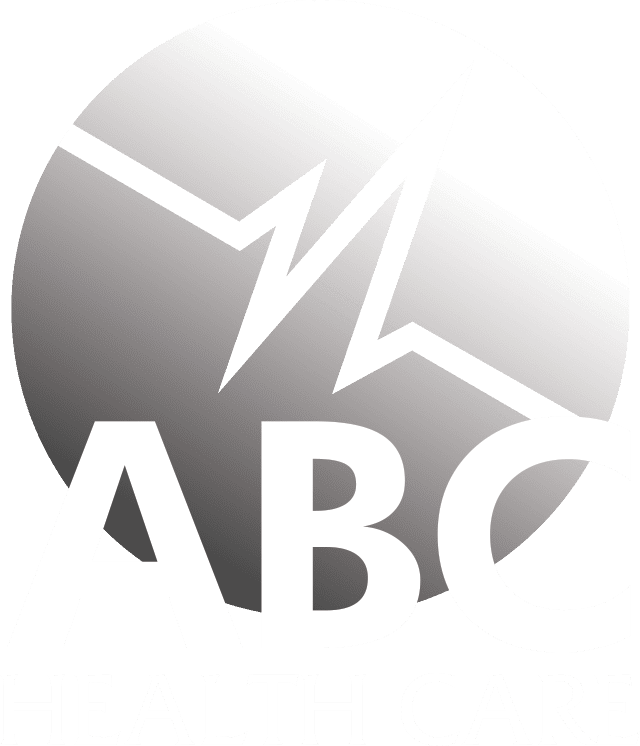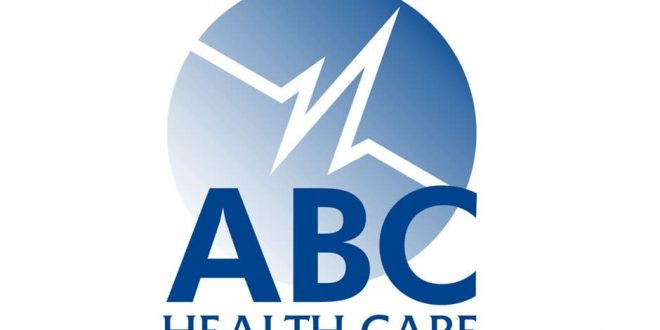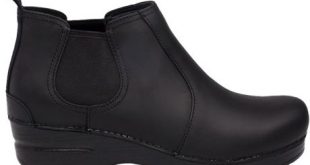Most senior generation people do not have peace of mind for several reasons. The main reason behind this is due to changes happening in their body. For instance-inability to walk in their old age. Many of them stay alone in the absence of their children as they have left to pursue their careers. This situation makes it difficult to reach healthcare professionals timely in an emergency. It is important to reduce the time between a medical emergency and when healthcare professionals arrive. Accidents can happen in seconds. For instance, a patient may suffer from brain damage due to a lack of oxygen reaching their brain, which kills the brain cells. It can be dangerous when an older person doesn’t get adequate oxygenated blood in the brain due to asphyxia or even a heart attack. These can result in a major difference between the patient’s life and death.
So in this critical medical situation, what should a medical professional exactly do to control it? Not only medical professionals but all of us should ideally understand how to control a situation and carry out healthcare in times of crisis. This is obvious that when you are not familiar with a medical situation, you should not take any risk and seek medical help as soon as possible to avoid negative consequences. However, you must be aware of the ABCs of healthcare-related to assessing the emergency and carrying out healthcare work in times of a crisis. These ABCs terms are helpful in most catastrophic events.
Aims of ABC in healthcare
The most used and common term in first aid and medical help is ABC which means- airway, breathing, and circulation. Following are the aims of ABCs:
-
Prevent harm:
The injured should be kept in a proper and stable condition so that their situation doesn’t deteriorate before healthcare professionals arrive. This includes moving the concerned person much away from further harm, applying basic first aid techniques, and keeping them dry and warm.
-
Preserve life
The main aim of ABCs in healthcare is to save lives before medical services come in time.
-
Promote recovery
Taking ABCs step timely helps to promote recovery without much delay.
What does ABC stand for?

A- Airway
The foremost priority in medical concern is the airway. In case of an obstructed airway, the situation may prove fatal since air will not reach the person’s lungs due to insufficient transportation of oxygen by the blood. So how to access an issue in this regard? The first thing you must do is check for airway constriction by the throat or mouth that can obstruct the air from letting in. Healthcare professionals prevent the patient’s tongue from obstructing the airway by turning them to their right side. You can follow these quick steps:
If a person remains unresponsive, ask them if they can open their eyes and if they are alright.
– Leave them in their position if they give a response until medical help appears and also open their airway
– Check their pulse, breathing, and response while you wait for medical help
– If they don’t respond, they lay them gently on their back and open their airway
To open the airway, place your hand over their forehead, tilt back their head gently, and lift the chin using two fingers.
B-Breathing
The process by which air gets into your lungs is known as breathing. Your body exhales carbon dioxide and inhales oxygen with the help of breathing organs. It is a cause of great concern if there’s insufficiently oxygenated blood. It is crucial in times of cardiopulmonary resuscitation to understand and determine whether the patient is breathing normally. If that patient doesn’t breathe, then the person who conducts the CPR needs to provide 2 initial breaths through the mouth, whereas the nose of the person receiving CPR remains covered.
You can know if a person is breathing or not by –
– Looking at whether the chest is falling or rising
– Listening to breathing sounds over their nose and mouth.
– Feeling the person’s breath for 10seconds over your cheek.
If the person is breathing normally, you can place them in a recovery position to ensure that their airway doesn’t remain obstructed. Then continue monitoring normal breathing.
C-Circulation
The third important thing you must seek in an emergency is circulation. You can know if a person is not receiving adequate oxygen due to circulation problems by witnessing symptoms like a weak pulse. You can easily assess the situation when you palpate the carotid arteries and know if the pulse is weak or absent. There are a few other dangerous symptoms, such as lips turning pale blue. This is also a circulation problem when a person doesn’t bleed. Here the legs are raised to result in perfusion to the brain.
Cardiopulmonary resuscitation (CPR)
It is the main first aid and an important part of ABC term that helps save lives. The first aid giver has to perform CPR on the person who is not breathing. The main purpose is to maintain the proper flow of oxygenated blood to the heart and brain. This helps to delay the process of tissue death and prevent brain damage. As per the new guidelines on CPR, the rescuer can go for CPR if a person doesn’t breathe instead of checking for a pulse. The two steps involved in CPR are –
- Apply chest compressions
- Provide breaths
Chest compression is a lifesaver. Apply 30 chest compressions, and two breaths 5 times, and then monitor normal breathing. Carry on the CPR process if the person is not breathing normally and if they start breathing normally then stay with the injured person until medical help arrives.
Importance of healthcare alarm equipment
Technology has advanced, and with the help of healthcare alarm equipment, it has become easy to get possible and immediate healthcare via medical alert technologies. The Healthcare alert system makes the process of getting ABCs of medical help simple. It offers the person a bracelet that results in easy communication. The main aim is to reduce the waiting time in times of an emergency medical situation when each minute counts and may result in life or death.
 Nursing Trends
Nursing Trends

